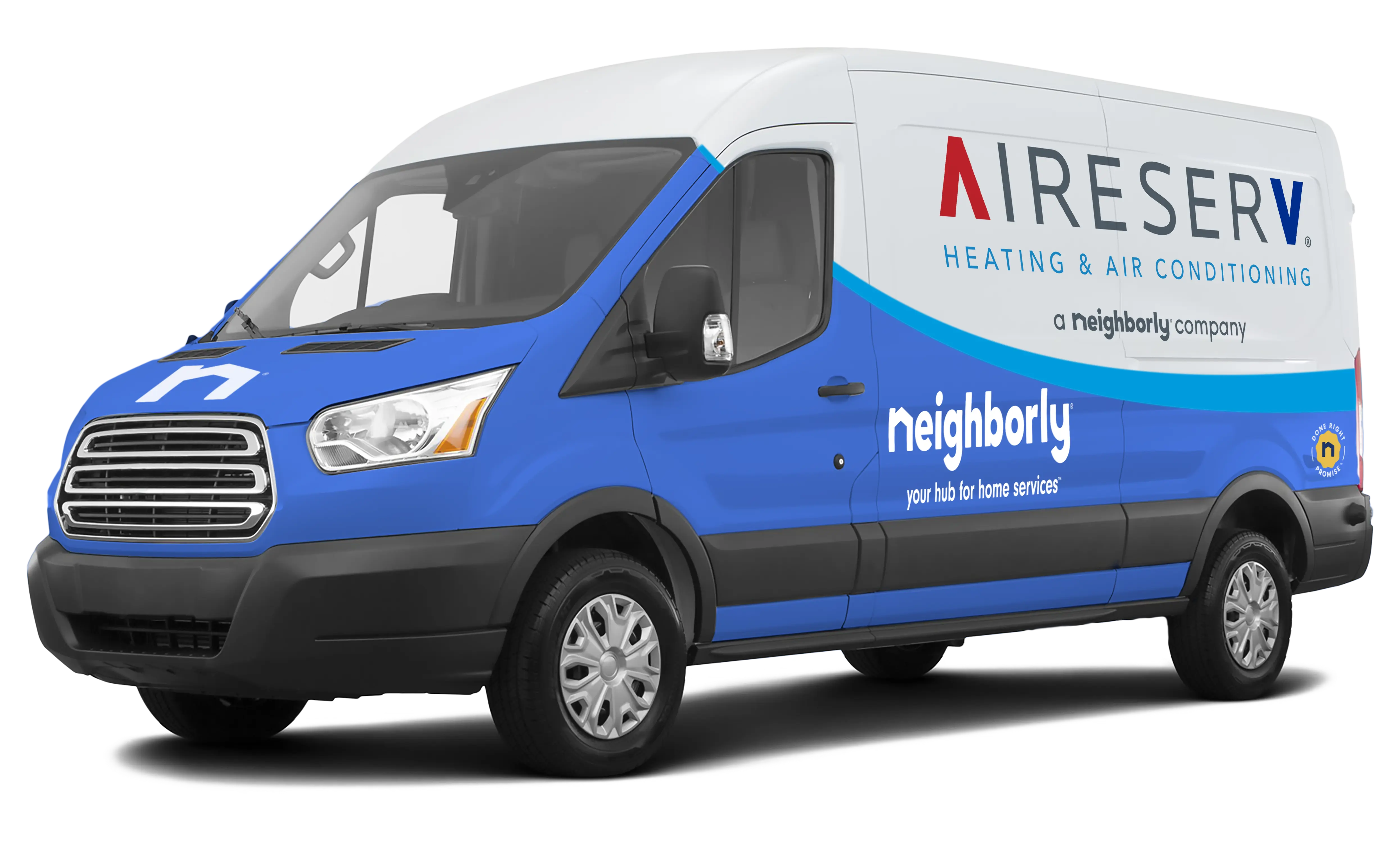Hurricane season along the Emerald Coast can be intense, and while many homeowners focus on securing windows and property, HVAC systems often get overlooked. Storms can cause damage to outdoor units, indoor components, and electrical connections, compromising efficiency and comfort.
At Aire Serv of the Emerald Coast, we guide homeowners through post-hurricane HVAC care to restore performance, prevent hidden damage, and ensure safety. Here’s a comprehensive guide to recovering your system after severe weather.
1. Safety First: Inspect Before Powering On
After a storm, never immediately turn on your AC if you suspect damage. Check for:
- Flooding or standing water near units
- Loose wires, debris, or damaged components
- Visible signs of physical damage
If any hazards are present, contact a professional before restoring power. Safety is always the priority.
2. Clear Debris Around Outdoor Units
Wind, rain, and flying debris can obstruct your condenser and reduce efficiency. Remove:
- Leaves, branches, and trash
- Mud or sand that may have accumulated
- Any loose objects that could have lodged in the system
A clear outdoor unit allows proper airflow and prevents further strain on your AC.
3. Check Electrical Components
Storms often create power surges that can damage your HVAC system. After a hurricane:
- Inspect the unit for burned or frayed wires
- Ensure circuit breakers are intact
- Consider installing a surge protector for future protection
Proper electrical checks prevent malfunctions and reduce the risk of fire or system failure.
4. Inspect Refrigerant Lines and Ductwork
Damage to refrigerant lines or ductwork can reduce cooling performance or efficiency. A professional technician will:
- Check refrigerant levels and line integrity
- Inspect ducts for leaks or loose connections
- Restore airflow to ensure consistent indoor temperatures
Addressing these issues early avoids higher energy bills and prevents long-term damage.
5. Assess Indoor Components
Indoor units are not immune to storm impact. Moisture, debris, or damage to coils, drains, or air handlers can compromise operation. Have a professional:
- Inspect the evaporator coil and drain pan for water damage
- Check airflow and indoor air quality
- Confirm thermostat functionality
Proper indoor inspection ensures your system can operate safely and efficiently.
6. Schedule a Professional Post-Storm Tune-Up
Even if your system seems fine, minor damage may not be immediately noticeable. A post-storm HVAC tune-up includes:
- Comprehensive inspection of indoor and outdoor components
- Cleaning and maintenance of coils, filters, and drains
- Verification of system efficiency and safety
Early professional attention protects your system and prevents future costly repairs.
7. Plan for Future Storms
Once your HVAC system is fully recovered, take preventive steps to prepare for future storms:
- Anchor outdoor units securely
- Install surge protection
- Schedule regular maintenance to keep your system in top condition
Preparation reduces the risk of damage and keeps your home comfortable no matter what the weather brings.
Keep Your Home Comfortable and Safe
Recovering your HVAC system after hurricanes is essential for comfort, efficiency, and safety. With professional inspection, cleaning, and maintenance, your AC can operate at peak performance while avoiding long-term issues.
At Aire Serv of the Emerald Coast, we specialize in post-storm HVAC care, helping homeowners restore and protect their cooling systems. Don’t wait for problems to appear—proactive care ensures comfort and peace of mind.
Call today to schedule a post-hurricane HVAC inspection.

